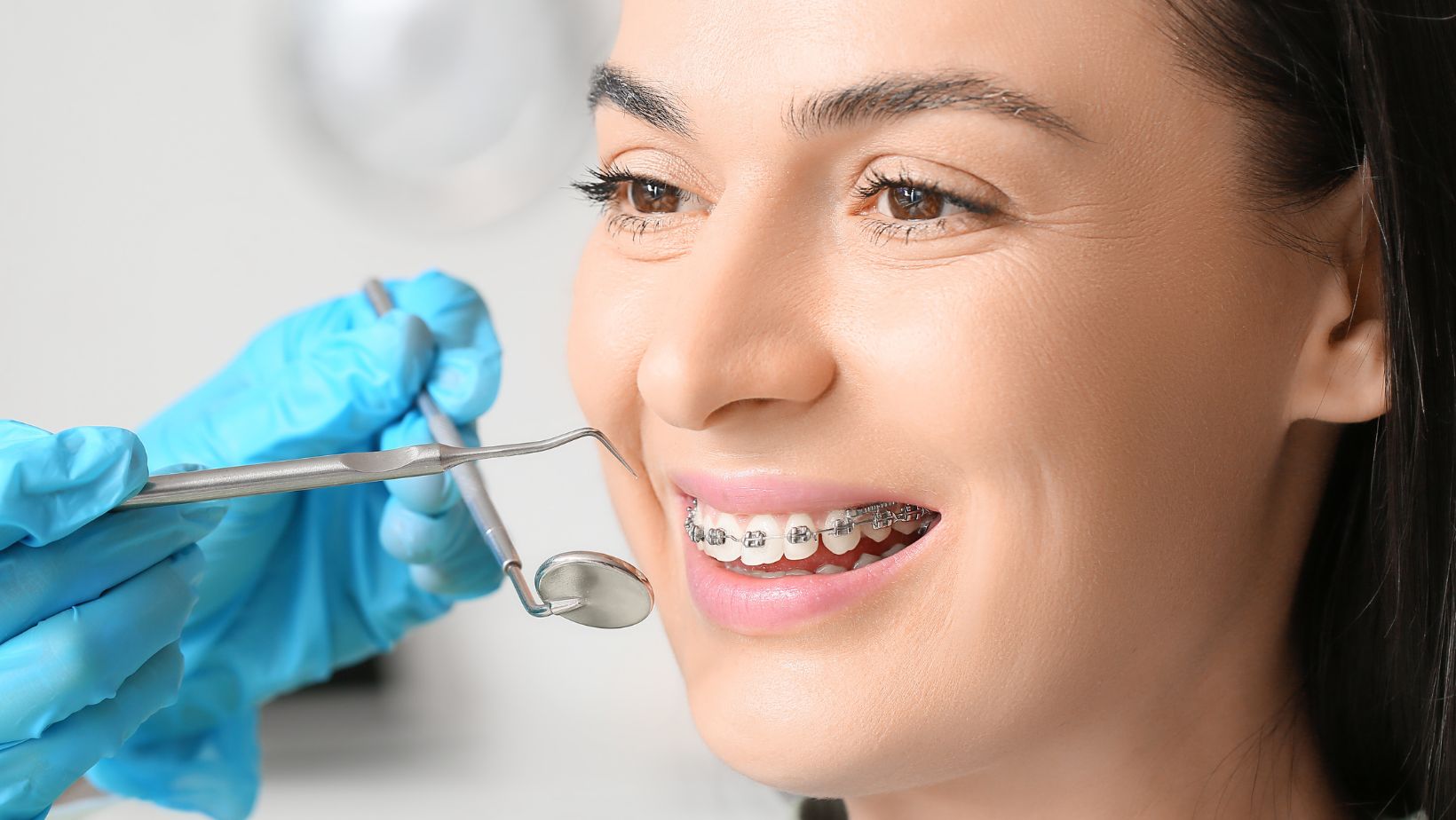In recent years, orthodontic care has seen a significant rise in popularity, transforming from a niche specialty into a mainstream aspect of dental health. This shift is not merely a trend; it reflects changing attitudes towards oral aesthetics, advancements in technology, and a greater awareness of oral health’s broader implications. As individuals strive for heightened self-esteem and improved health outcomes, the demand for orthodontic services continues to soar.
Changing Perceptions of Orthodontics
Historically, orthodontics was often viewed as an unnecessary luxury, primarily accessible to children and adolescents. However, a notable cultural shift is occurring. Today, adults are increasingly seeking orthodontic treatment, with many recognising that proper alignment of teeth is not only about aesthetics but also about long-term health benefits. Misaligned teeth can contribute to various health issues, such as jaw pain and difficulty in chewing, which in turn leads to wider health concerns.
Moreover, the prevalence of social media has amplified the importance of a confident smile. With platforms like Instagram and TikTok showcasing perfect smiles, many individuals feel encouraged to pursue orthodontic treatment as a means to achieve similar results. The pursuit of an ideal smile is no longer confined to a younger demographic—it’s a holistic mindset embraced by individuals of all ages.
For those interested in making this important step, consulting professionals is crucial. Clinics like bostonorthodontics.co.uk offer tailored solutions to meet a variety of orthodontic needs, ensuring that patients receive the personal care they deserve.
Advances in Orthodontic Technology
The surge in orthodontic popularity can also be attributed to advancements in technology. Traditional metal braces, which often conjure images of adolescence, are now complemented by a range of innovative alternatives. Clear aligners, for example, have revolutionised the field. They offer a discreet and often more comfortable option for alignment, appealing particularly to adults who might have shied away from conventional braces.
Technological innovations such as 3D scanning and digital simulations have further enhanced patient experiences. These tools enable orthodontists to create precise treatment plans and allow patients to visualise the expected outcomes before treatment begins. This transparency fosters confidence in the process and underscores the potential of orthodontic care.
In addition, these technology-driven solutions often lead to shorter treatment times. While traditional braces typically require months, or even years, advancements in orthodontics can shorten the duration significantly, making it a more appealing option for busy adults. With many now prioritising efficiency and convenience, these options reflect a responsive orthodontic landscape.
The Health Benefits of Orthodontic Care
The physical and psychological benefits of orthodontic treatment extend beyond a beautiful smile. Proper alignment of teeth can improve not only appearance but functionality. For instance, a straight bite can reduce the strain on jaw muscles, decreasing the likelihood of migraines and TMJ (temporomandibular joint) disorders.

Furthermore, maintaining good oral hygiene becomes easier when teeth are correctly aligned. Crooked or overcrowded teeth often pose challenges in proper cleaning, leading to an elevated risk of cavities and gum disease. Improved alignment facilitates more effective brushing and flossing, contributing to overall oral health.
With an increasing understanding that oral health is closely linked to overall wellbeing, many health professionals are advocating for orthodontic evaluations as a routine part of dental care rather than a solely cosmetic procedure. As more people become aware of these connections, the demand for orthodontic consultations is surging.
The Role of Marketing and Accessibility
An important factor in the rise of orthodontic care is the evolution of marketing strategies. Dental practices have embraced digital marketing, reaching potential clients through social media, search engines, and targeted advertisements. This has demystified orthodontics and made the services more accessible to the general public.
Additionally, many practices now offer flexible payment plans, making quality orthodontic care attainable even for those who perceive it as financially daunting. This shift in accessibility has led to a significant uptick in individuals seeking treatment they may have otherwise foregone due to cost concerns.
Furthermore, the modern consumer is savvier than ever, with ample information available at their fingertips. Prospective patients are conducting extensive research, comparing options, and seeking peer reviews before opting for specific treatments. This empowered consumer base demands high-quality services and ethical practices, leading to enhanced standards within the industry.
The Path Forward
As we look to the future, the popularity of orthodontic care is poised to continue growing. The ongoing integration of technology will likely yield even more efficient and effective treatment options, further transforming the landscape of dental health. Concurrently, as the stigma surrounding orthodontic treatments continues to evaporate, more individuals—regardless of age—will seek out these essential services.
In conclusion, the rise in popularity of orthodontic care is not merely a passing fad but a reflection of evolving cultural norms and heightened awareness surrounding oral health. As medical professionals leverage innovative technologies and adopt more flexible practices, we can expect that orthodontic care will become an integral part of holistic health management. Whether you are looking to enhance your smile for social reasons, address long-standing health concerns, or simply maintain your dental hygiene, orthodontics is proving to be a rewarding avenue worthy of exploration.
